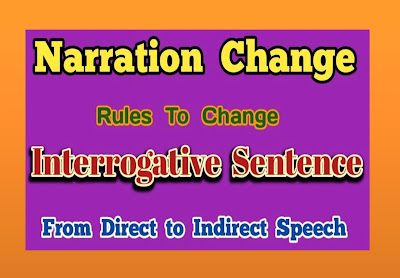Lesson Planning of Consonant Clusters Subject English Grade 3rd
Lesson Planning of Consonant Clusters
Subject English
Grade 3rd
Students` Learning Outcomes
- Pronounce with reasonable accuracy, common two consonant clusters in initial and final position.
Information for Teachers
- All the letters of English language besides vowels (a, e, i, o, u) are called consonants.
- When two or three consonants are combined they make consonant clusters words, cluster means group, bunch or collection. So two consonant clusters are two consonants without a vowel between them, and both of them are pronounced. The cluster can be at the beginning or the end of a word, such as sky or desk.
- Examples are two consonant clusters are:
- Brave, brief, claw, clean, true, and trap.
- Examples of three consonant clusters are spl, str, scr
Material / Resources
Writing board, chalk / marker, duster,
notebooks, textbooks
Introduction
- Tell them that consonant cluster means having two or more consonants like, ‘br’, ‘sp’, ‘cl’, together in the words. Even if we combine two or three consonants they make consonant cluster words, cluster means group, bunch or collection. In this bunch, all the consonant sounds are pronounced, none are silent.
- If a word starts with ‘br’, it is a two consonant letter cluster having words before a vowel comes, like brown, brow, brick, brain, break. The ‘br’ coming before a vowel is a consonant cluster of English language, in each word.
- Ask students to look at the pictures in pairs and think about the word, its pronunciation and spelling.
- Now ask different students to read the words aloud and then tell their pair fellow the same words and spelling.
- Appreciate them by asking the class to clap for the children who have spelt the word correctly.
- If the children don`t know the name of the picture drawn, tell them the English name and record it on the board.
Development
Activity 1
- Write the following consonants clusters br-, bl- in the initial position and –sk, -st in the final position.
- Ask them to brainstorm and come up with words starting with above consonants clusters.
- Write the new words under each consonants cluster after taking their feedback.
- Now ask different students to pronounce these words loudly.
- Correct the students who mispronounce the
words.
Activity 2
- Divide class in pairs.
- Draw the pictures of following words on th board, as; (Stick, cross, flag, crown, tray, crab, dress, spot, glasses). It is suggested to take help from the work sheet given at the end of the lesson.
- Now ask different students to take the name of the drawn pictures
- Check their pronunciation while pronouncing the words.
- Tell them to recognize consonant clusters in the given words.
Sum up / Conclusion
- Tell the students that when in a word, we combine two or three consonants, they make consonant clusters. Each consonant has its own sound in the word. They can be at initial or final position of a word, for example, sky or desk.
Assessment
- Name a few things having ‘cl’ in beginning. (Possible answer may be as; clip, clap, clean, closed, clothes, club)
- Name a few things having ‘st’ as a final sound. (possible answer may be as; best, west, east, tallest, rest and guest)
- Involve the students in solving problems given in exercise at the end of unit / chapter.
Follow up
- Continue to give students practice in pronouncing these words.
- Clarify to students that there is no vowel sound between these consonants clusters so they should be pronounced accordingly. For example the word is ‘black’, or the word is ‘brush’ and ‘burush’ as it is commonly pronounced.








Good activity
ReplyDelete